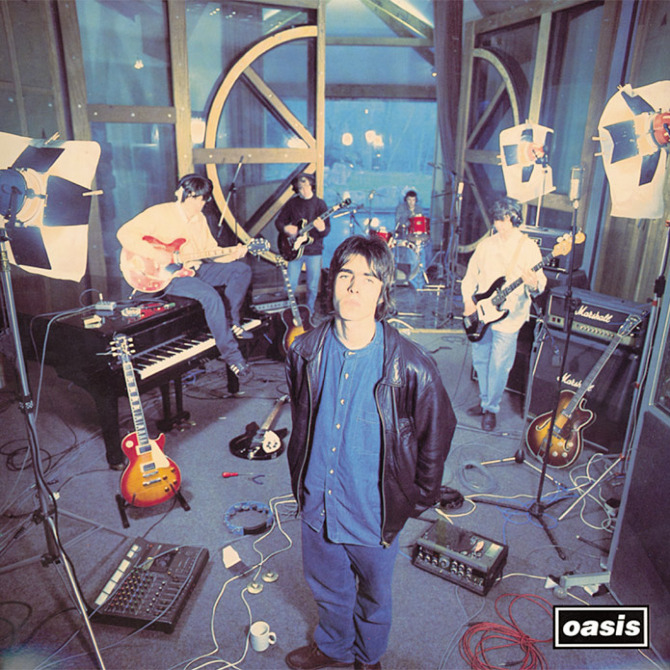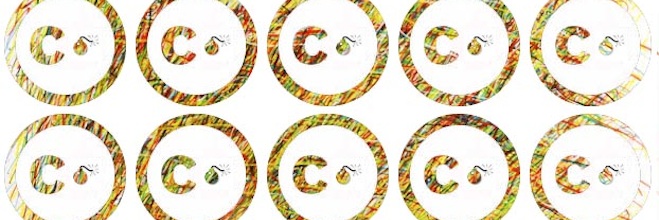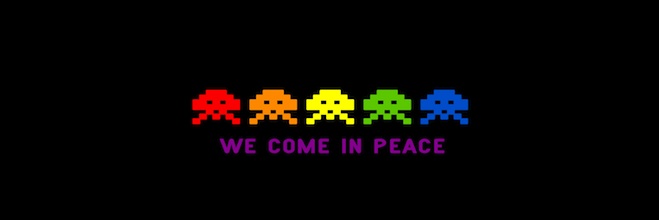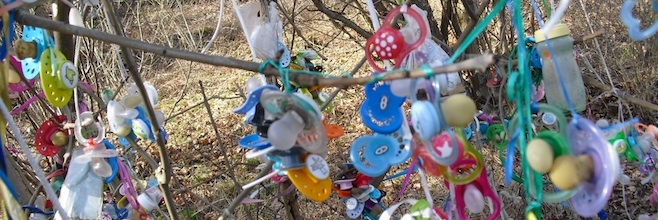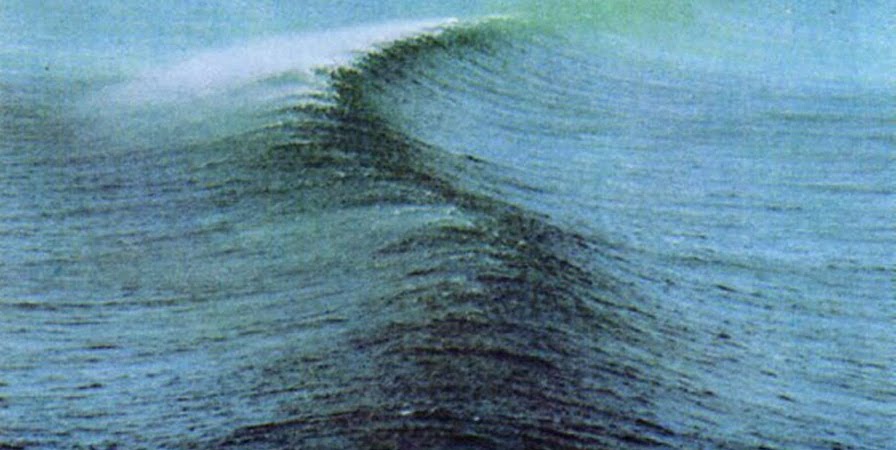Tag: nostalgia
-
It was the best of times, it was the worst of times …
-
dress young
•
2 min read
This poem was first published in Page Seventeen (2010) and also appeared in my privately-published chapbook Final Friday (2010).
-
Never thought I’d use these four ‘terms’ in the same sentence but there you go – if life was a Venn diagram, there are several shaded areas in which me and neenish tarts would intersect.
-
In this post, I look back on my years as Managing Editor of Cordite Poetry Review, and pick my top eleven choicest moments from what has been a thrilling, exhausting and ultimately life-affirming rollercoaster ride of love and passion.
-
Just a little Youtube number in honour of Invasion Day (previously known as Australia Day).
-
In celebration of my impending departure from K-Town, here’s a little gallery of images taken throughout 2011 that, for me anyway, brings back some lovely memoreez …
-
1990s UK indie bands were the best bands.

![[d/dn]](https://i0.wp.com/daveydreamnation.com/wp-content/uploads/2024/09/oie_l521ir34eJuC.png?fit=136%2C116&ssl=1)
